Help!!! Cetol 1 on cedar garage doors
pps7
13 years ago
Related Stories
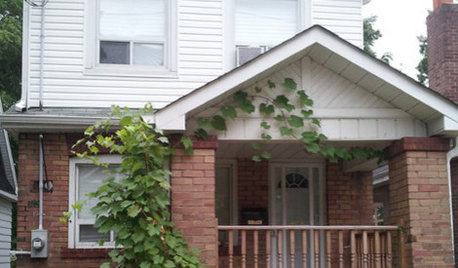
ENTRYWAYSHelp! What Color Should I Paint My Front Door?
We come to the rescue of three Houzzers, offering color palette options for the front door, trim and siding
Full Story
UNIVERSAL DESIGNMy Houzz: Universal Design Helps an 8-Year-Old Feel at Home
An innovative sensory room, wide doors and hallways, and other thoughtful design moves make this Canadian home work for the whole family
Full Story
EXTERIORSHelp! What Color Should I Paint My House Exterior?
Real homeowners get real help in choosing paint palettes. Bonus: 3 tips for everyone on picking exterior colors
Full Story
LIFEDecluttering — How to Get the Help You Need
Don't worry if you can't shed stuff and organize alone; help is at your disposal
Full Story
STANDARD MEASUREMENTSThe Right Dimensions for Your Porch
Depth, width, proportion and detailing all contribute to the comfort and functionality of this transitional space
Full Story
DECLUTTERINGDownsizing Help: How to Get Rid of Your Extra Stuff
Sell, consign, donate? We walk you through the options so you can sail through scaling down
Full Story
REMODELING GUIDESWisdom to Help Your Relationship Survive a Remodel
Spend less time patching up partnerships and more time spackling and sanding with this insight from a Houzz remodeling survey
Full Story
ORGANIZINGDo It for the Kids! A Few Routines Help a Home Run More Smoothly
Not a Naturally Organized person? These tips can help you tackle the onslaught of papers, meals, laundry — and even help you find your keys
Full Story
BATHROOM WORKBOOKStandard Fixture Dimensions and Measurements for a Primary Bath
Create a luxe bathroom that functions well with these key measurements and layout tips
Full Story





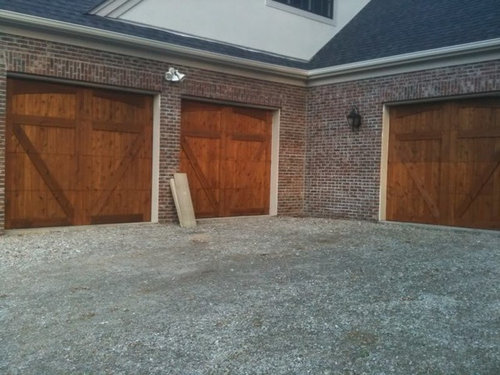

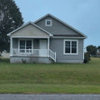
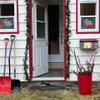
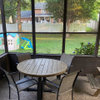
john_hyatt
pps7Original Author
Related Professionals
Cincinnati Decks, Patios & Outdoor Enclosures · Columbia Decks, Patios & Outdoor Enclosures · Del City Decks, Patios & Outdoor Enclosures · Orland Park Decks, Patios & Outdoor Enclosures · Wildomar Decks, Patios & Outdoor Enclosures · Scotts Valley Decks, Patios & Outdoor Enclosures · Eustis Decks, Patios & Outdoor Enclosures · Rantoul Home Builders · Chula Vista Home Builders · Montgomery County Home Builders · Beacon Flooring Contractors · Kalamazoo Flooring Contractors · Massapequa Flooring Contractors · Annapolis Siding & Exteriors · Berkeley Siding & Exteriorsjohn_hyatt
Faron79
john_hyatt
Faron79